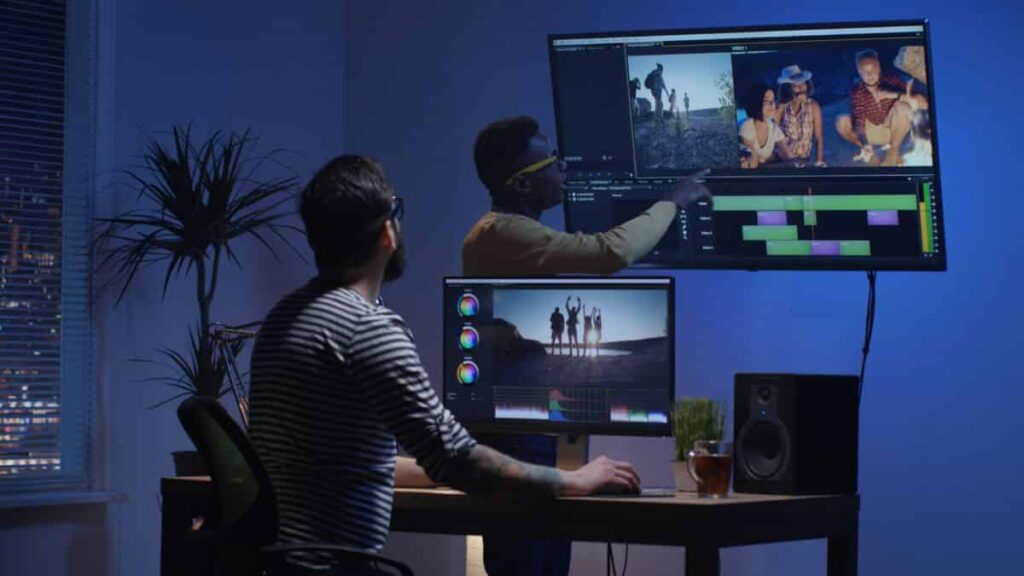
Cutting on Action
Cutting on action is a fundamental technique that enhances the flow of your video. By cutting from one shot to another while the subject is still in motion, you create a seamless transition that feels natural to the viewer. This technique keeps the audience engaged, as it avoids the jarring effect of abrupt scene changes. For example, if a person is opening a door, you can cut from a wide shot to a close-up as the hand touches the doorknob, maintaining continuity and fluidity.
Using J-Cuts and L-Cuts
J-cuts and L-cuts are advanced techniques that help you create a more immersive experience. In a J-cut, the audio from the next scene begins before the visual transition, while in an L-cut, the audio from the previous scene continues over the next visual. These techniques are often used in conversations or to introduce new scenes, adding a layer of sophistication to your editing. They also help to smooth the transition between scenes, making the narrative flow more naturally.
Color Grading for Mood and Consistency
Color grading is essential for setting the tone and ensuring consistency throughout your video. By adjusting the colors, you can evoke specific emotions and create a cohesive look. For instance, warmer tones can convey a feeling of warmth and nostalgia, while cooler tones might evoke a sense of calm or tension. Additionally, consistent color grading across all shots helps maintain visual harmony, making your video appear more polished and professional.
Incorporating Motion Graphics
Motion graphics add a dynamic element to your video, making it more visually appealing and informative. These can include animated text, logos, or even simple graphic elements that enhance the content. For example, using lower-thirds to introduce speakers or animated charts to illustrate data can make your video more engaging and easier to understand. Motion graphics are particularly effective in explainer videos, tutorials, and promotional content.
Mastering the Art of Transitions
Transitions are not just for moving from one scene to another; they also help in maintaining the viewer’s interest. While standard cuts and fades are commonly used, experimenting with creative transitions like whip pans, dissolves, or match cuts can add flair to your video. However, it’s important not to overuse transitions; they should complement the content rather than distract from it.
Sound Design and Mixing
Sound design is often overlooked, but it plays a crucial role in the overall impact of your video. By carefully selecting and mixing sound effects, background music, and dialogue, you can create a rich auditory experience that complements the visuals. Good sound design can enhance the mood, emphasize important moments, and make your video more immersive. Additionally, ensuring that all audio levels are balanced is key to maintaining a professional quality.
Conclusion
Mastering these video editing techniques will elevate your content from amateur to professional. Whether you’re working on a short film, a marketing video, or a social media post, these techniques ensure that your final product is polished and engaging. By paying attention to details like cutting on action, using J-cuts and L-cuts, and incorporating motion graphics, you can create videos that not only capture your audience’s attention but also leave a lasting impression.
